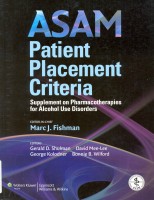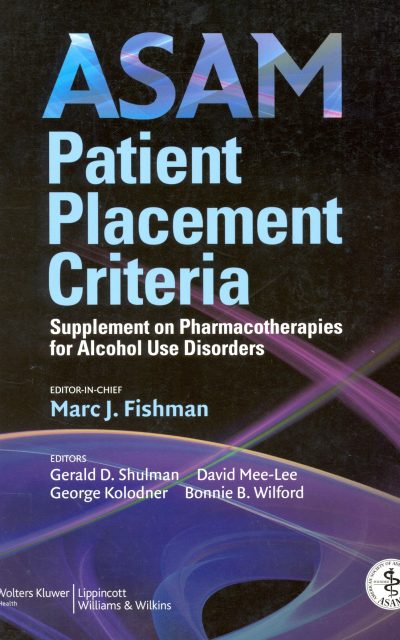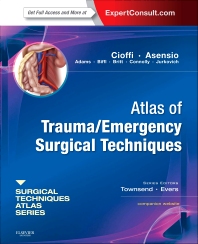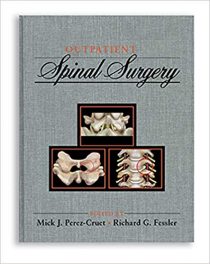 Editor-in-Chief: Marc J. Fishman: Editors: George Kolodner, David Mee-Lee, Gerald D. Shulman, Bonnie B. Wilford
Editor-in-Chief: Marc J. Fishman: Editors: George Kolodner, David Mee-Lee, Gerald D. Shulman, Bonnie B. Wilford
Publisher: Wolters Kluwer | Lippincott Williams & Wilkins
Book Review by: Nano Khilnani
The editors point out at the outset in this book that an alarmingly large 30 percent of adults in the United States “drink at a level that increases their risk for medical, psychiatric and social problems.” Further, of these heavy drinkers, one out of every four of them “meet the criteria for alcohol abuse or dependence – medical disorders that are associated with more than 100,000 deaths from alcohol-related diseases and injuries each year.”
This important book that provides valuable insight represents the work of numerous people involved in treating addiction and related disorders. Besides the editor-in-chief and four editors named above, seven expert advisors, 19 field reviewers and 15 members of the steering committee of the Coalition for National Clinical Criteria, contributed material for this work.
The American Society of Addiction Medicine or ASAM for short periodically determines and issues criteria to guide healthcare professionals to properly treat patients addicted to alcohol. This book provides a framework to those in the ‘addiction field’ to assess the condition of individuals with alcohol abuse and place them in inpatient or outpatient treatment centers.
It contains an updated ‘Risk Assessment Matrix’ that enables healthcare personnel develop a multidimensional and holistic approach that tailors treatment services to patients’ specific needs. For example, one of those approaches is to integrate medications and psychosocial treatments.
The editors assert that behavioral programs such as the ‘Twelve Step principles’ – which place medications in adjunctive roles – have for some time, been mainstays for battling alcohol dependence. But they cite evidence that even the best such programs have had a high rate of relapse.
They point out to growing evidence that medications have been playing a central role in treating alcohol dependence. Physicians have been prescribing medications like disulfiram (Antabuse), naltrexone (Revia, formerly called Trexan and Depade), acamprosate (Campral), and extended release, injectable naltrex (Vivitrol) for this type of dependence.
The editors cite studies that medications, when they are part of a physician’s comprehensive program that include psychosocial therapies, are more effective for their patients than when taken by themselves.
This book represents a supplement to the ASAM PPC-2R, a set of criteria for treating alcohol-related dependence and disorders, published by that society in 2001. The editors state that these criteria are in wide use today, and being used in both public and private treatment programs.
The ASAM criteria have six main features, namely:
- Clinical assessment with particular attention to risk
- Individualized treatment planning
- Facilitation of ready access to services
- Attention to multiple treatment needs
- Ongoing reassessment
- Modification of the treatment plan in response to reassessment
This book contains seven chapters: an Introduction (chapter 1) that touches upon the successes and failures of different approaches to treating alcohol abuse and dependence; the role that ASAM criteria play in treating alcohol use disorders in chapter 2; strategies for managing alcohol withdrawal in chapter 3; placement criteria for managing alcohol withdrawal in chapter 4; strategies for preventing and managing relapse in chapter 5; placement criteria for preventing and managing relapse in chapter 6; and lastly, case examples of risk assessment in chapter 7.







